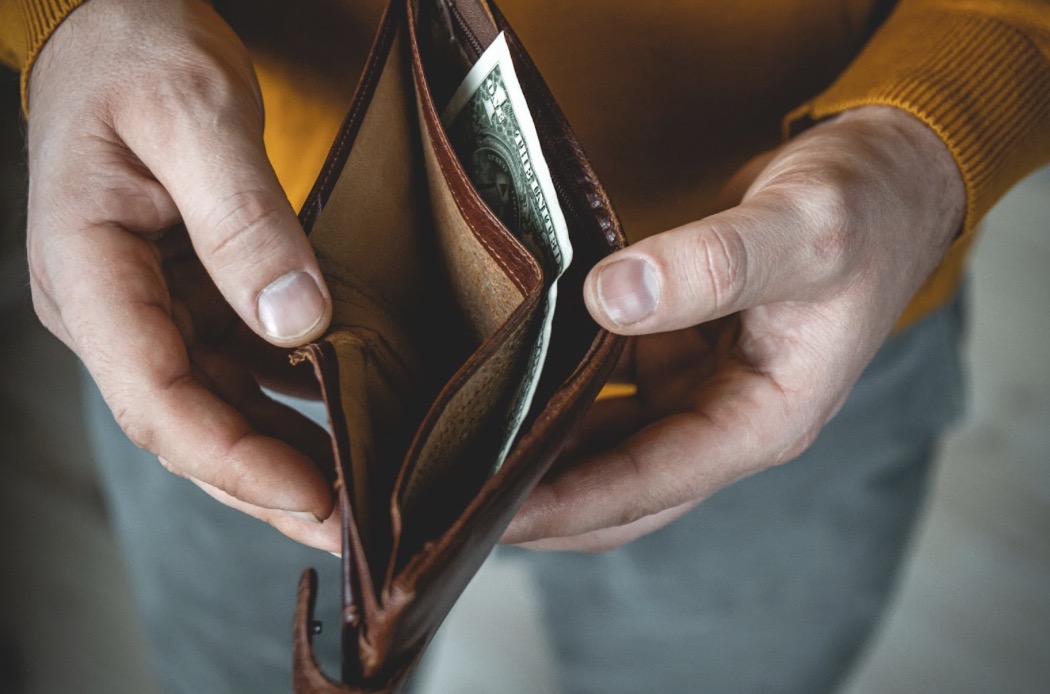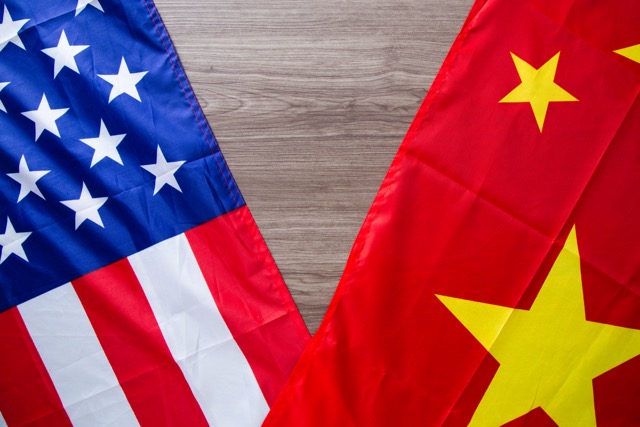The tariffs announced and imposed on goods imported from China and parts of Southeast Asia could trigger one of the steepest drops in camera sales we’ve ever seen. As someone who lives and breathes photography, I’m genuinely worried about the damage this will cause to camera manufacturers, but also to all of us who rely on these products to make images.
Let’s set politics aside for a moment and examine what tariffs are intended to do, and how the current wave is directly impacting every piece of gear we use.
A tariff is supposed to balance trade or protect local industries. If Canadian lumber floods the U.S. market at prices that undercut American producers, a tariff can level the playing field. That makes sense when there’s a domestic industry to protect. But in the case of cameras, there isn’t. No one is building cameras in Iowa or lenses in Michigan. Most photographic equipment is manufactured overseas, primarily in China, Vietnam, and Thailand.
Currently, goods from China face around a 34% tariff, with threats of further increases, although the tariff rates change monthly as the U.S. and China continue trade talks.
Vietnam’s tariffs, originally a staggering 46%, have been negotiated down to 20%—still a significant burden. And because importers have to pay those fees, they simply pass them down the chain. By the time the gear hits the shelves, it’s people like you and me who are footing the bill.

Why Tariffs May Kill the Photography Market: The Price Problem
The ripple effect is noticeable. We’ve already seen companies like Fujifilm and Nikon raise prices, sometimes multiple times, since last spring, because they can’t predict what the final tariff rates will be.
Even if tariffs are reduced in the future, history tells us that prices don’t always return to their original levels. Once the market becomes accustomed to higher numbers, manufacturers are unlikely to revert to pre-tariff levels.
We’re always looking for deals to bring to you in our Deals section, and nearly every piece of camera gear has had a price hike. Many cameras and lenses now have a price when on sale that’s a hundred dollars or more than previous discounts. In other words, the best price you can get now on a lot of gear is the worst price it would have been just a year ago.
And that has real consequences. When Sony launched the RX1R III at around $5,000, many reviews (including my own) pointed out how high that price felt, especially when the camera dropped features compared to its predecessor. Without tariffs, it could have been $4,500 or even less.
In Canada, the RX1R III retails for approximately $6,300 CAD, equivalent to around $4,550 USD. Even factoring in Canada’s own tariffs, you can see how pricing shifts wildly depending on trade policies. And for an interchangeable lens camera, that extra $500 could have easily been used to purchase a new lens for your kit.
The Demand Dilemma – A Tariff-Driven Return To Bad Times
Here’s where things get scarier: higher prices directly cut demand. Cameras and lenses aren’t bread and milk. You don’t need a new body or lens the moment it’s released. Enthusiasts will hold onto older gear longer, and professionals, already working on tight margins, may stretch their cameras beyond their typical upgrade cycle or raise their rates to compensate. Either way, fewer units get sold.
Leica recently canceled a string of events in the United States, citing “unforeseen circumstances.” This event was thought to have been to introduce a rumored M EV1 camera, a new product category for the company.
This cancellation could certainly have been due to delays in production, but it also could be the result of tariffs. The problem is we’ll never know.
We’ve seen fragile moments before in the industry. When the 2011 earthquake in Japan took out Sony’s imaging sensor plant, it caused delays and profit drops across the board because of reduced supply and the resulting increase in component costs.
Tariffs could have a similar effect, only this time, it’s not a natural disaster; it’s a financial earthquake.
Sure, the booming creator economy might soften the blow. New YouTubers and TikTokers emerge every day, and many invest in cameras instead of relying on their phones. However, many will still go for cheaper camera options instead of the higher-end gear they might have
The Bottom Line
Tariffs are going to make photography more expensive, period. The only real question is by how much. Maybe we’ll see a few price drops down the line if trade agreements improve, but chances are, the higher baseline is here to stay. That means fewer people buying new cameras, fewer product releases, and more of us wondering if the gear we have will need to last just a little longer than we planned.
For those of us who care about photography, this isn’t just an abstract economic debate. It’s something that could reshape the gear market for years to come. As I said, once prices go up, they rarely go back down. When the cost of goods eventually drops, companies usually keep retail prices the same or similar and use the increased revenue to offset losses incurred during the price hike.
And while we’ll continue to find ways to create, no matter what, it’s hard not to feel that the industry we love is being dragged into a fight it didn’t ask for.
